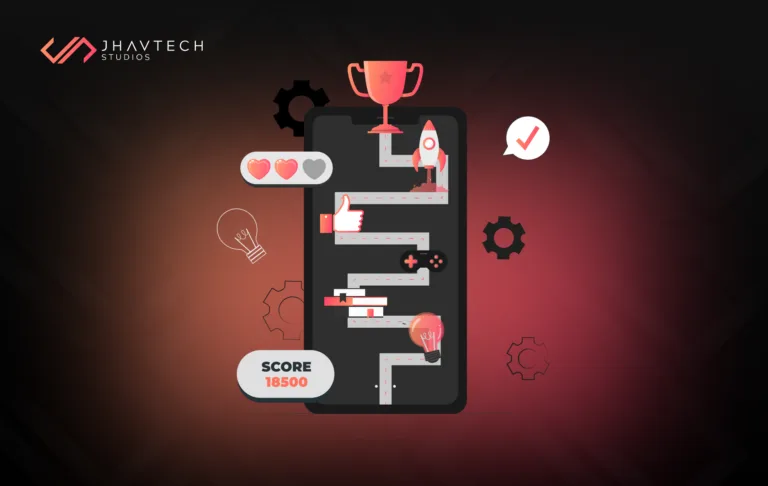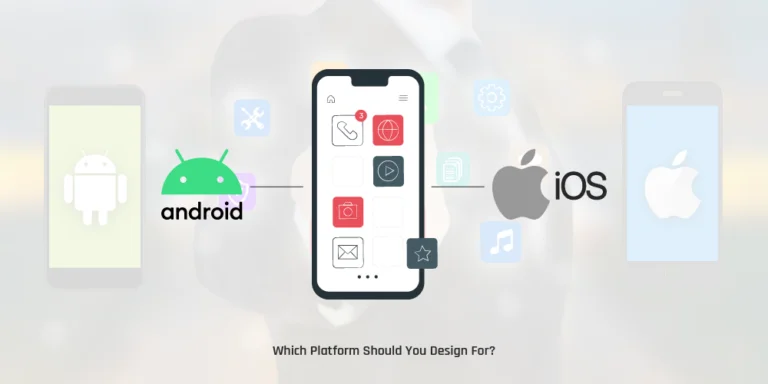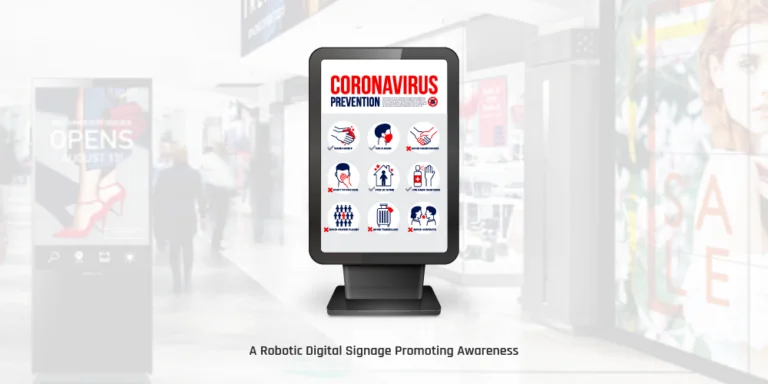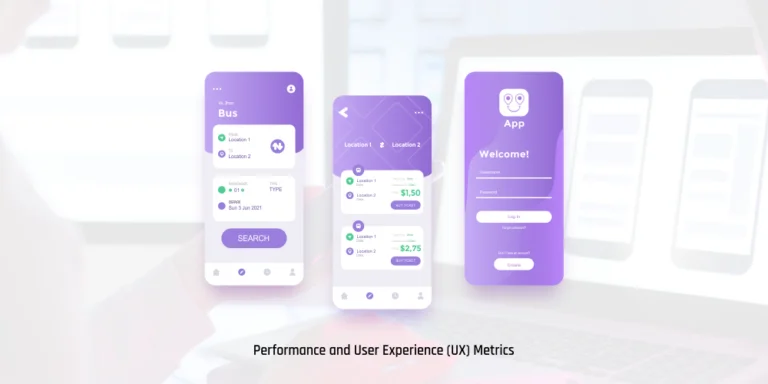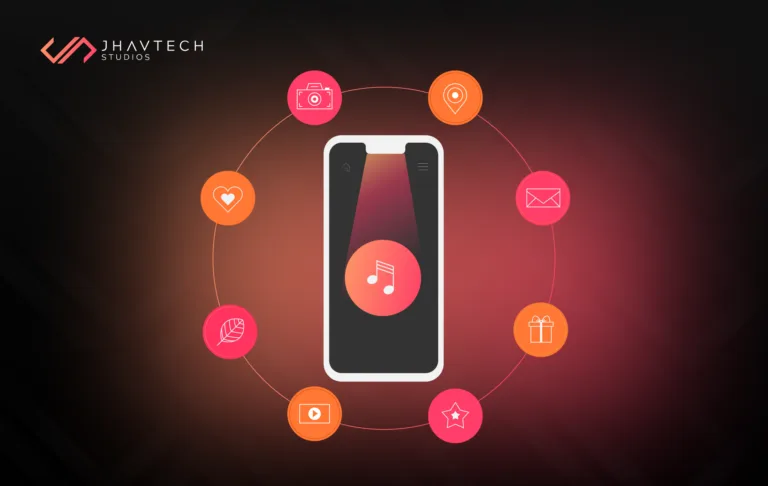Nowadays, businesses of all sizes – from startups to established enterprises – are searching for means to reap the benefits of well-designed and well-developed apps. No wonder the app development market is already saturated and competition is very stiff. This is compounded by the fact that mobile apps are expected to generate over $935 billion in revenue this year.
And since iOS and Android are the leading operating systems (OS) for mobile devices, the scope of app development and the potential to maximise the use of the latest technologies is more relevant and impactful than ever before. This means apps that leverage cutting-edge tech will deliver the desired results, including reaching a wider audience.
Before we delve into the best iOS app development tools, let’s take a quick look at Apple’s market for mobile applications.
Based on popularity, iOS app development is continuing to grow, thanks to its sophisticated technology, robust security, design benchmarks, and a host of new features and functionalities. The App Store has 1.96 million apps available and according to a Statista study, the operating system of iOS is the second leading OS in the world.
The iOS app development platform consists of all the essential tools that provide for the design, development, deployment, testing and updating of iOS apps. For businesses, the scope of these applications means they need to invest in developing high-performance apps. Now, the question is how can you successfully build an iOS app with seamless functionality, intuitive user interface (UI) and an immersive user experience?
Well, go with professional developers and take full advantage of the latest frameworks and tools available in the market. So, without further ado, here are five of the best out there today…
1. Xcode
Xcode remains the preferred platform for developing apps across Apple devices, including iOS, macOS, watchOS, and tvOS. It offers an all-encompassing development environment and a host of powerful features that streamline the app development process.
Key Features
Source Editor
The Source Editor in Xcode provides advanced code completion, syntax highlighting, and folding capabilities. These features help developers write code more efficiently and with fewer errors. The message bubbles offer context-sensitive information, such as documentation, warnings, and errors, directly within the code, aiding in quick identification and resolution of issues.
Interface Builder
Interface Builder is a powerful drag-and-drop interface design tool integrated within Xcode. It allows developers to design and build user interfaces visually. The tool automatically generates the corresponding source code, making it easier to create complex UI layouts without extensive manual coding. This feature is particularly useful for designing intuitive and user-friendly interfaces.
Version Editor
The Version Editor shows a timeline of commits, making it easier to track changes and understand the evolution of the codebase. Developers can compare different versions of the code, see who made specific changes, and understand the context of those changes. This feature is crucial for maintaining code quality and collaborating effectively in team environments.
Live Issues
Live Issues highlight coding mistakes in real-time as developers type. This immediate feedback helps developers fix issues on the fly, reducing the time spent on debugging later. Live Issues support a wide range of error detections, from syntax errors to more complex logical issues, thereby improving code quality from the get-go.
Static Analysis
Xcode’s Static Analysis tool identifies bugs and performance issues before the app runs. It performs a thorough analysis of the code, checking for potential issues that could cause crashes or degraded performance. This proactive approach to bug detection helps ensure a more stable and reliable application.
Testing Tools
The XCTest framework in Xcode supports unit testing, UI testing, and performance testing. Developers can write test cases to verify that their code works as expected, automate testing to ensure consistent behavior across different scenarios, and measure the performance of their applications to identify bottlenecks and optimise accordingly.
Asset Catalog Editor
The Asset Catalog Editor in Xcode helps manage images and other assets, supporting various resolutions. It simplifies the organisation and use of app assets by providing a central place to manage them. Developers can easily add, remove, and categorise assets, ensuring that the app uses the correct images for different device resolutions and screen sizes.
Simulator
Xcode includes a powerful Simulator that allows developers to run, test, and debug iOS apps in a simulated environment. The Simulator mimics various Apple devices, providing a realistic platform for testing different screen sizes, resolutions, and operating system versions. This feature helps developers identify and fix issues specific to certain devices or OS versions without needing physical hardware for each test case.
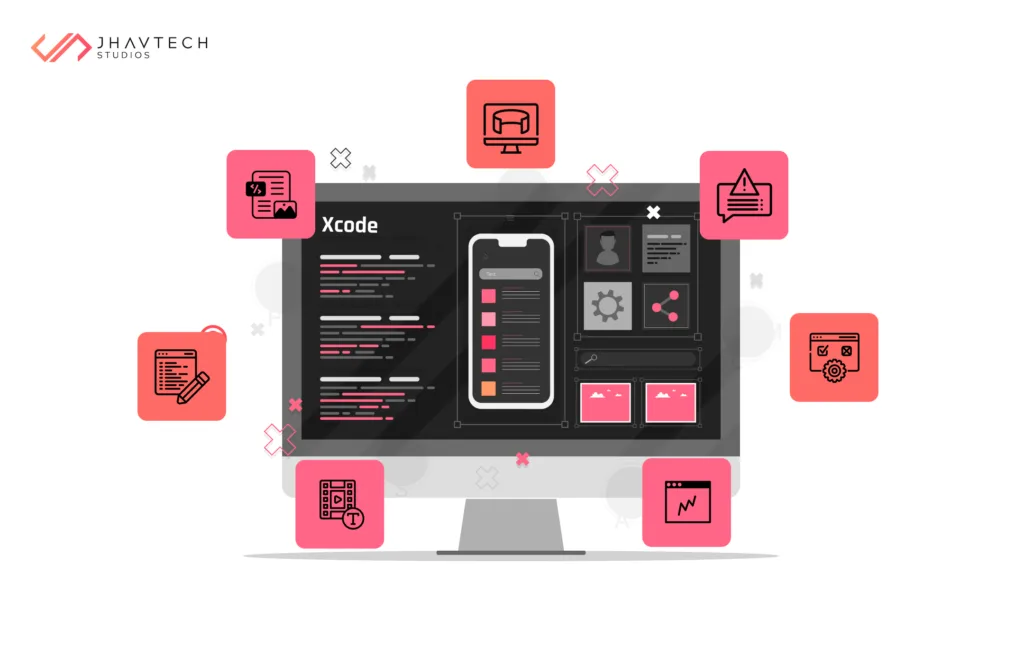
2. AppCode
AppCode, developed by JetBrains, is an alternative Integrated Development Environment (IDE) for iOS and macOS development. It is renowned for its intelligent code assistance, extensive support for multiple programming languages, and its ability to enhance productivity through various advanced features.
Key Features
Cross-Platform Support
AppCode supports multiple programming languages, including Swift, Objective-C, C++, and JavaScript. This cross-platform support makes it a versatile tool for developers who work with various languages and need a robust IDE that can handle different codebases efficiently. The ability to switch between languages without leaving the IDE enhances productivity and streamlines the development process.
Intelligent Code Assistance
AppCode excels in providing context-aware code completion, syntax highlighting, and error detection. Its intelligent code assistance features help developers write clean, efficient code by suggesting completions, highlighting syntax errors, and offering quick fixes. This reduces the time spent on debugging and allows developers to focus on building functionality.
Refactoring Tools
AppCode offers a suite of refactoring tools that simplify code editing and restructuring. Features like Intention Actions, Override/Implement, and Live Templates help developers modify their codebase efficiently. Intention Actions provide context-specific suggestions for improving code, Override/Implement assists in managing class hierarchies, and Live Templates automate repetitive coding tasks, enhancing overall productivity.
Integrated Testing
AppCode supports various testing frameworks, including XCTest, Quick, and Kiwi. This integration allows developers to write, run, and debug tests directly within the IDE. By supporting multiple testing frameworks, AppCode provides flexibility in testing approaches and ensures that developers can maintain high code quality through rigorous testing practices.
Code Analysis
The real-time code analysis feature in AppCode detects and corrects issues as developers write code. This proactive approach to code quality helps identify potential bugs and performance issues early in the development cycle. By providing immediate feedback, AppCode enables developers to address problems promptly, reducing the likelihood of issues in the final product.
Customisable Plug-Ins
AppCode’s functionality can be further enhanced through a wide range of available plug-ins. These plug-ins allow developers to customise the IDE to fit their specific needs and workflows. Whether it’s adding new language support, integrating third-party tools, or automating tasks, the plug-in ecosystem makes AppCode a highly adaptable and powerful development environment.
3. CocoaPods
CocoaPods is a dependency manager that simplifies the integration of third-party libraries into iOS projects. It supports both Swift and Objective-C and has become an essential tool for iOS developers due to its extensive library support and seamless integration with Xcode.
Key Features
Extensive Library Support
CocoaPods provides access to over 78,000 libraries, making it easy for developers to add a wide range of functionalities to their iOS projects. This extensive library support means that developers can leverage pre-built solutions for common tasks, such as networking, database management, and user interface components, significantly reducing development cost, time, and effort.
Podfile Management
CocoaPods uses a text file called a Podfile to manage dependencies. Developers can easily define and update their project’s dependencies by specifying the required libraries in the Podfile. This centralised management system simplifies the process of adding, updating, and removing dependencies, ensuring that all team members work with the same set of libraries.
Dependency Resolution
One of the most powerful features of CocoaPods is its automatic dependency resolution. When a developer runs the pod install command, CocoaPods automatically resolves and installs all specified dependencies, including their transitive dependencies. This reduces compatibility issues and ensures that all required libraries are correctly integrated into the project.
Xcode Integration
CocoaPods seamlessly integrates with Xcode projects by adding dependencies directly into the workspace. This integration ensures that third-party libraries are correctly linked and available for use within the project, without requiring manual configuration. Developers can continue to use Xcode’s powerful development tools while benefiting from the extensive library support provided by CocoaPods.
Version Control
CocoaPods manages and maintains specific library versions, ensuring project stability. By specifying exact versions of dependencies in the Podfile, developers can avoid issues caused by breaking changes in newer library versions. CocoaPods also supports version constraints, allowing developers to specify compatible version ranges for their dependencies, providing flexibility while maintaining stability.
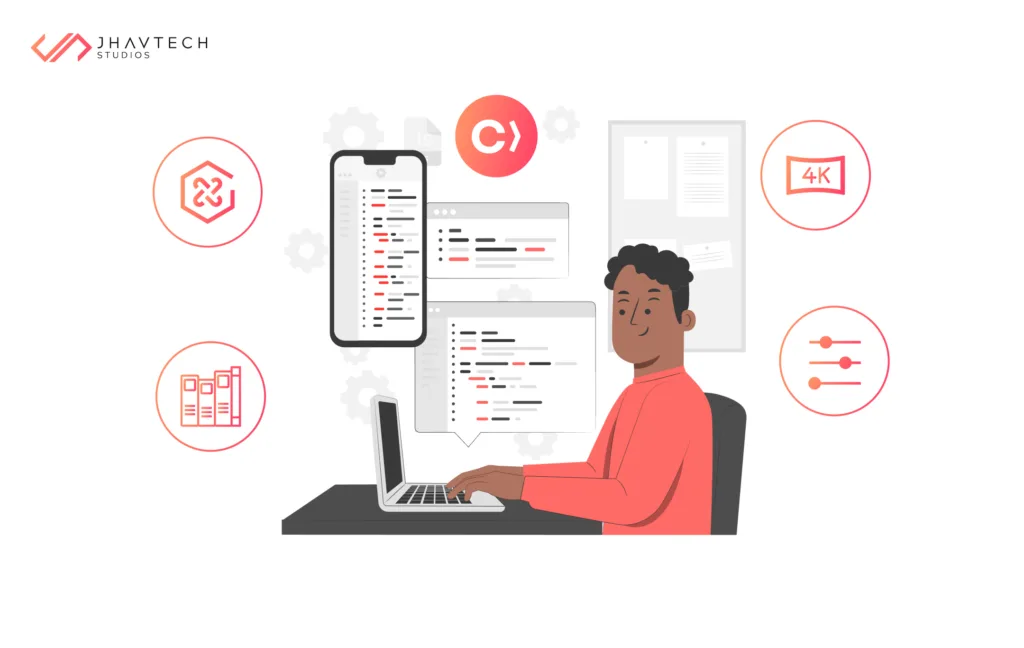
4. Alamofire
Alamofire is a Swift-based HTTP networking library that simplifies various networking tasks in iOS development. It is widely appreciated for its powerful yet user-friendly interface, making complex network operations more manageable and intuitive for developers.
Key Features
Chainable Request and Response Methods
Alamofire provides a fluent interface for making HTTP requests and handling responses. This chainable syntax simplifies the process of constructing requests, sending them, and processing responses. Developers can easily chain multiple methods together to streamline their networking code, resulting in more readable and maintainable codebases.
JSON Serialisation
Alamofire includes built-in support for JSON serialisation and deserialisation. This feature allows developers to easily convert JSON data into Swift objects and vice versa, facilitating seamless interaction with RESTful APIs that commonly use JSON for data exchange.
Network Reachability
Alamofire provides robust tools for monitoring network reachability. This feature helps developers handle network changes gracefully, such as transitioning between Wi-Fi and cellular networks or dealing with lost connections. Alamofire can automatically adjust network requests based on the current network status.
Response Validation
Alamofire provides tools for validating HTTP responses, ensuring that the responses meet specific criteria before processing. Developers can validate status codes, content types, and more, helping to catch errors early and handle them appropriately.
Authentication
Alamofire supports various authentication methods, including HTTP Basic and OAuth. This makes it easier for developers to integrate secure authentication mechanisms into their network requests, ensuring that API interactions are protected and authenticated as needed.
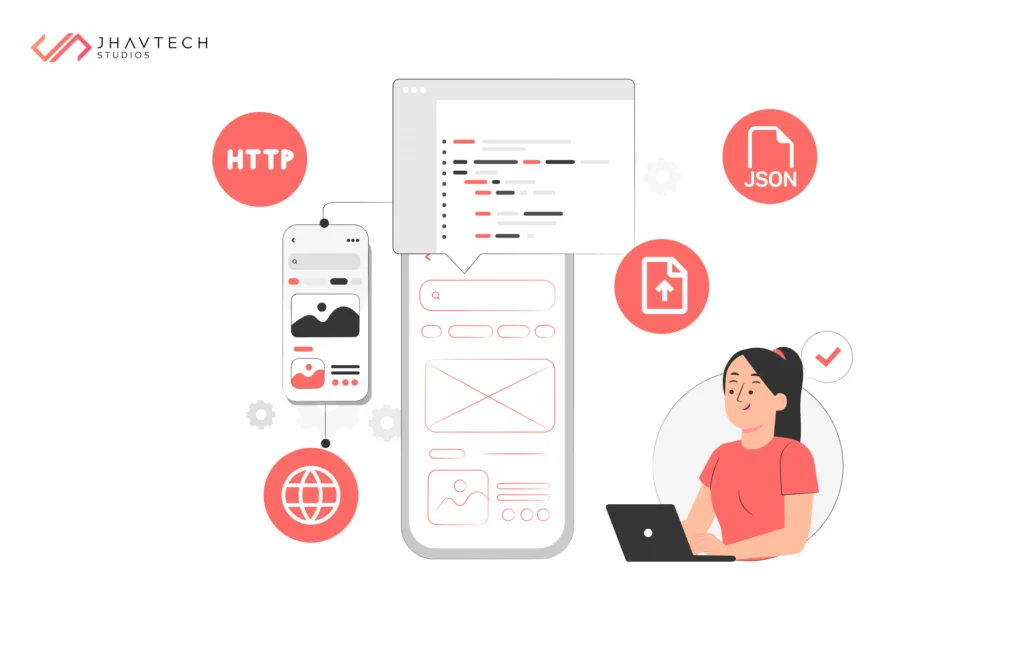
5. TestFlight
TestFlight, an Apple-owned service, is the primary tool for beta testing iOS apps. It allows developers to distribute pre-release versions to testers efficiently, collect valuable feedback, and identify issues before the app is released to the public. By providing a streamlined and comprehensive platform for managing beta testing, TestFlight helps developers refine their apps to deliver a polished final product.
Key Features
Tester Management
TestFlight enables developers to invite up to 10,000 testers per app. Invitations can be sent via email or public links, making it easy to recruit a broad range of testers. This flexibility ensures that developers can gather diverse feedback from various user demographics.
Crash Reports
TestFlight automatically collects detailed crash logs and feedback from testers. This feature allows developers to diagnose and fix issues quickly, enhancing the app’s performance.
Multiple Builds
TestFlight supports the testing of different versions of the app simultaneously. This feature allows developers to track feedback and performance across various builds, enabling them to compare changes and improvements effectively.
Integration with Xcode
TestFlight integrates seamlessly with Xcode, Apple’s integrated development environment (IDE). This integration simplifies the process of uploading and distributing beta builds, making it easier for developers to manage the entire beta testing lifecycle.
User Feedback
TestFlight collects user feedback directly from the app, streamlining the bug reporting process. Testers can easily submit feedback, including screenshots and detailed descriptions, which are invaluable for identifying and resolving issues.
Final Thoughts
The tools highlighted in this post represent some of the best options for iOS app development in 2024. Whether you are a seasoned developer or just starting, leveraging these tools can significantly enhance your development process, leading to the creation of high-quality, efficient, and innovative iOS applications.
From the robust IDE features of Xcode and AppCode to the seamless dependency management of CocoaPods, the powerful networking capabilities of Alamofire, and the comprehensive beta testing environment of TestFlight, these tools cover all aspects of the development lifecycle.
As the iOS app market continues to grow and evolve, staying updated with the latest tools and best practices is essential. Explore these tools, integrate them into your workflow, and take your iOS app development to the next level. Start building your next great app today!
For further insights and updates on the latest in iOS development, subscribe to our blog or contact us today. Let’s create something amazing together!
.svg)

